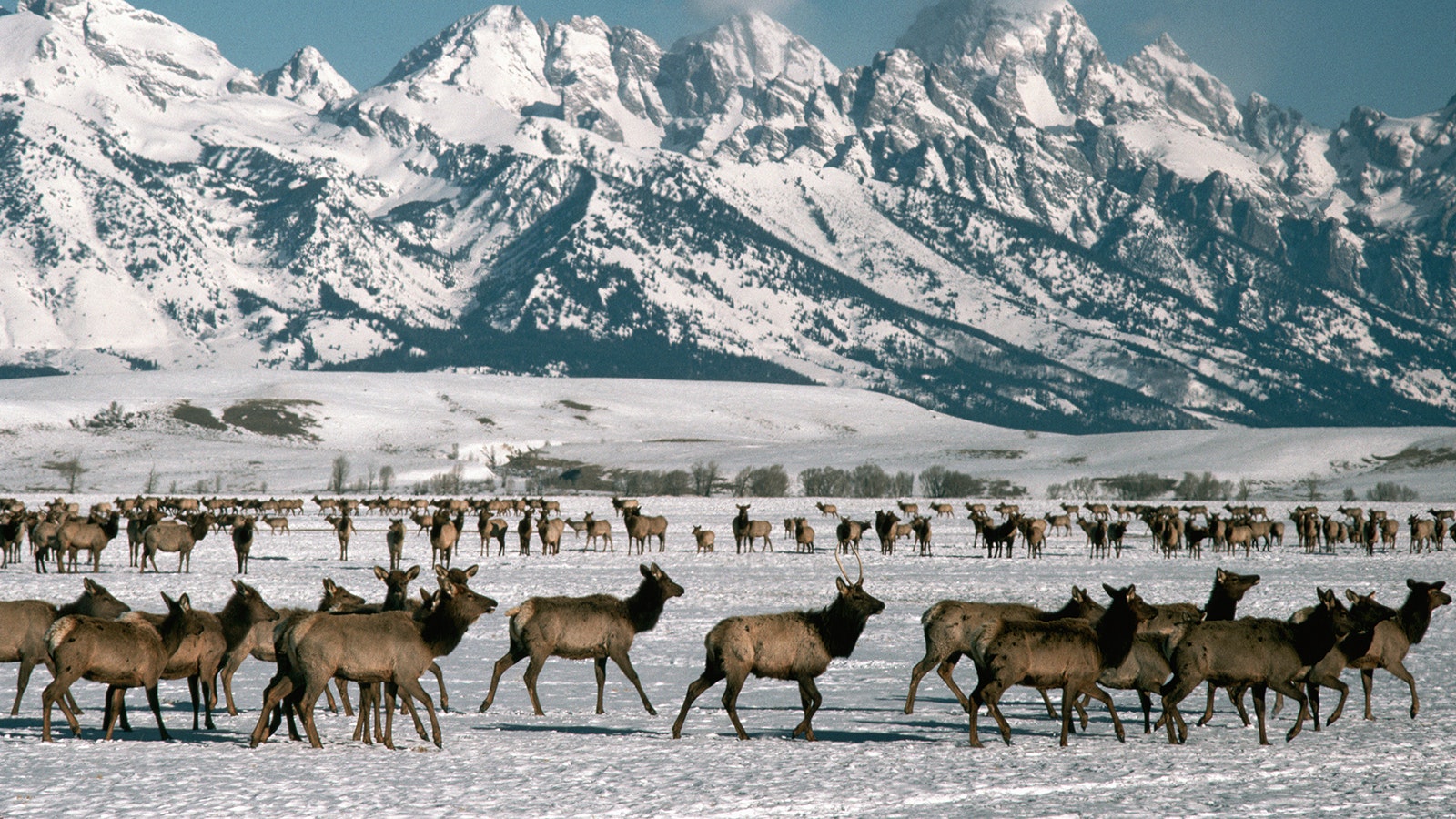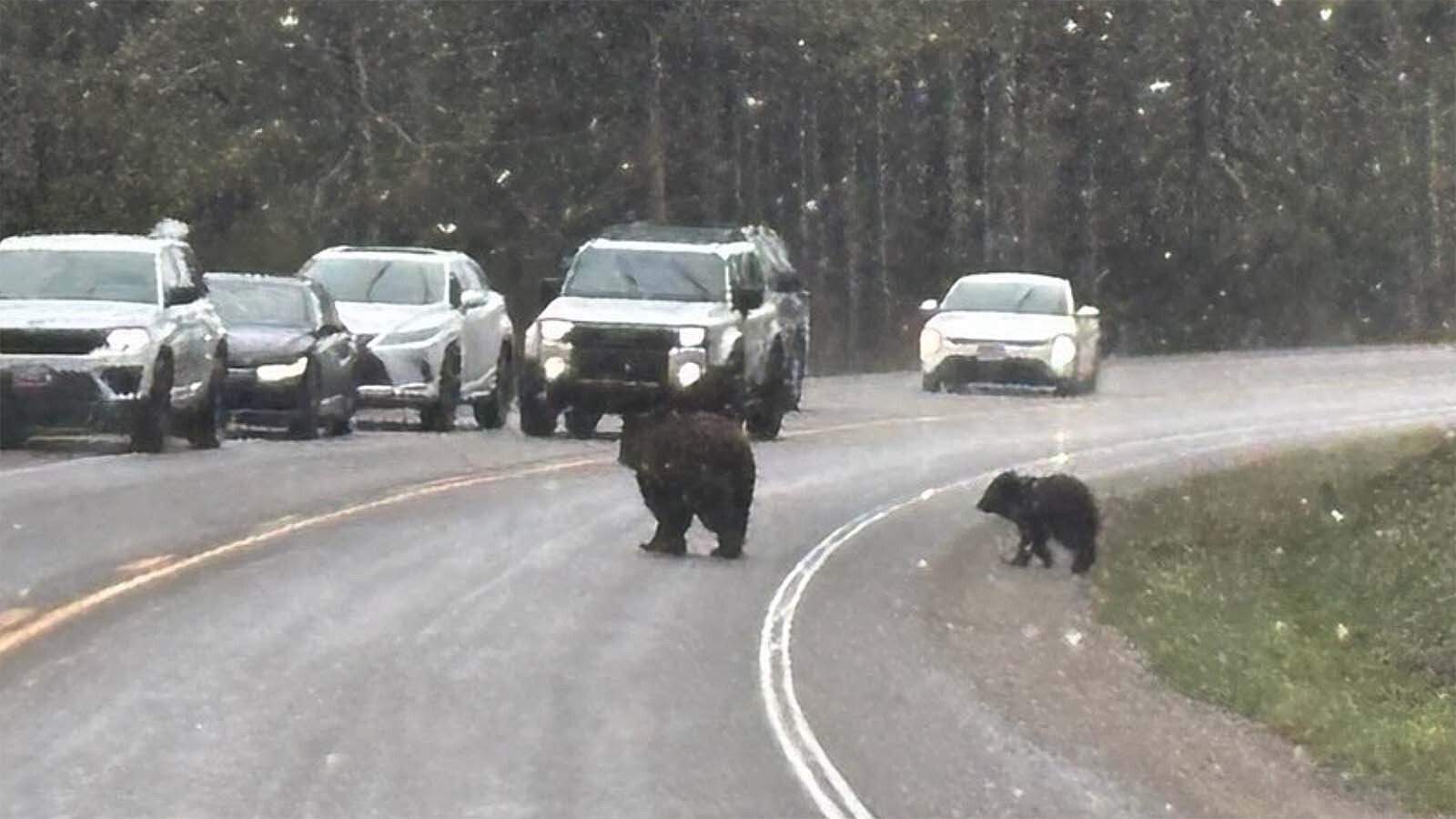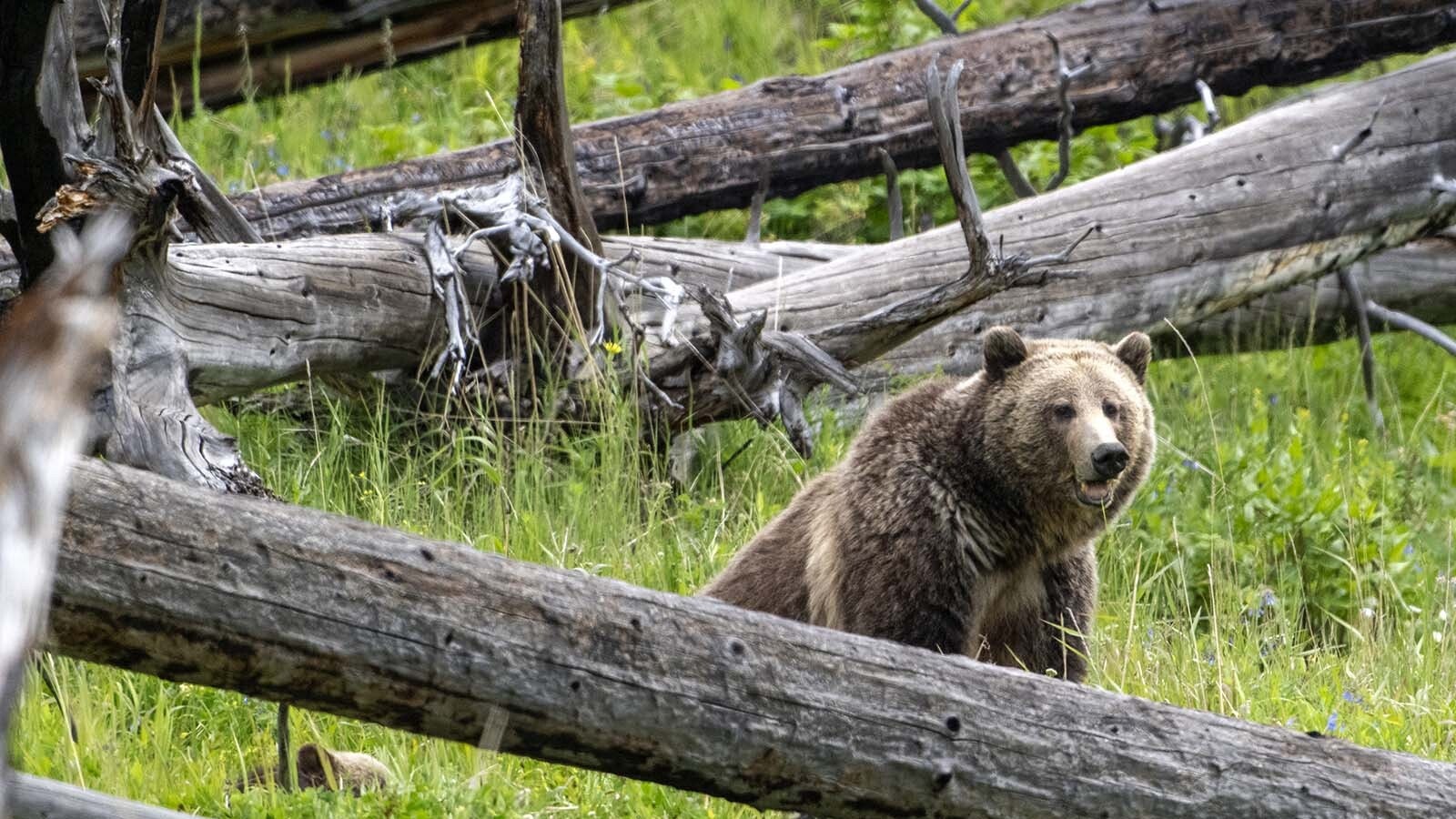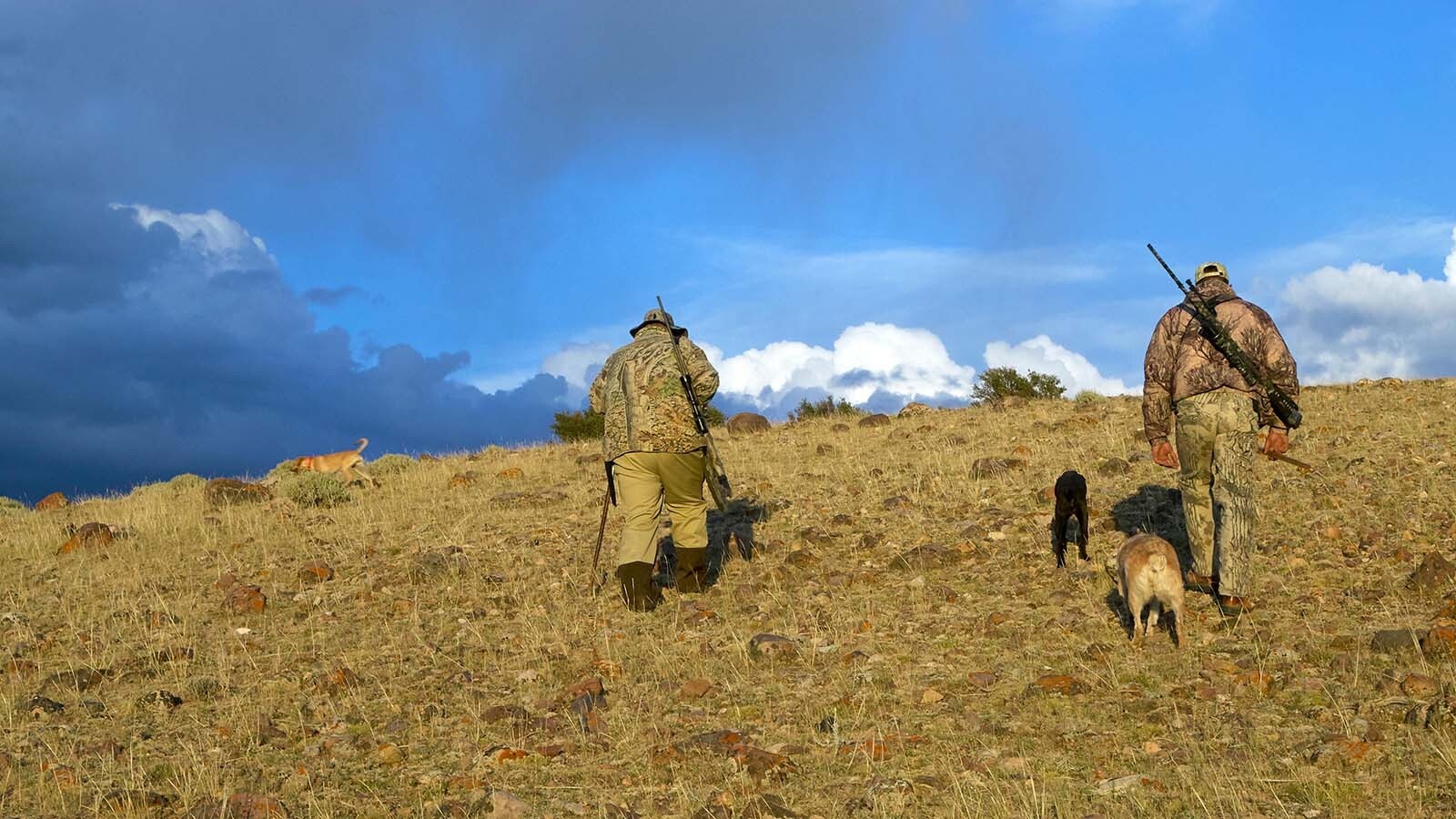As multi-generation Wyoming rancher Joe Nield sees it, Star Valley just isn’t good winter elk habitat to begin with.
He should know. His family has been there since 1889.
“My ancestors didn’t write in their journals about living on elk meat during the winters. They dang near starved,” he told Cowboy State Daily.
And indeed, it’s said that the moniker “Star Valley” is short for the name pioneers originally gave it: “Starvation Valley.”
Even during his own lifetime, Nield said he’s watched elk in Star Valley grow from a seldom-spotted novelty to massive herds that will flood the valley during hard winters, often wreaking havoc for ranches.
This has been one such winter, he said.
“We’ve got more winter than we’ve had in a few years. So, we’ve gotten more elk than we’ve had in a few years. And that’s caused some problems,” he said. “This (Star Valley) isn’t winter country for elk, and we’re trying to winter elk in this country.”
Deep Snow Prompts Emergency Feeding
Deep snow in several areas of the state has cut elk off from winter forage, according to the Wyoming Game and Fish Department.
In some places, that’s prompted the agency to implement “emergency” feeding of elk, Game and Fish spokeswoman Breanna Ball told Cowboy State Daily. That’s because the hungry ungulates have been moving onto ranches, raiding haystacks, damaging fences and causing other problems.
Game and Fish is feeding elk in Star Valley, as well as in the Cokeville and Kemmerer areas.
It’s not clear how many elk are partaking of the bounty, she said.
“Most elk are coming into feeding sites during the night and we don’t have a complete census of how many are on feed at this time,” Ball said.
Lucky So Far
Nield said he’s lucked out so far that the elk haven’t yet taken after his haystacks, although some of his neighbors have had elk in theirs.
Game and Fish has helped some ranchers in the valley set up barriers around their haystacks to discourage elk from gorging on them, Nield said.
“I’ve lost one winter pasture. I lost that pasture partly because of hardened snow, but also partly because the elk came through and grazed it down,” he said. “I think feeding these satellite herds is a mistake. They’ll come back next year, and they’ll bring their buddies.”
Disease Concerns
It’s also hoped that the feeding will keep elk away from cattle, lessening the chances cattle will catch brucellosis from elk, Ball said.
Brucellosis worries ranchers, because that disease causes cows to spontaneously abort their calves. Aside from the immediate effect of losing calves, it can also threaten Wyoming’s “brucellosis free” beef status. Loss of that status could undermine the transport and sale of Wyoming cattle in other states.
Nield said the threat of brucellosis from the presence of so many elk doesn’t worry him too much. Even so, it has made for some rigamarole.
“Every year, I pull blood (for brucellosis testing) from every mature female cow on my ranch,” he said.
One recent year, one of his cows had apparently tested positive.
“I hauled her to the state vets in Riverton, and they hauled her to the animal testing center in Laramie,” he said.
It turned out the cow had pinged a false positive because of a reaction she’d had to the brucellosis vaccine.
Frustration With Game Agencies
Because of his proximity to the Idaho border, Nield said he’s affected by policies from both Wyoming Game and Fish and the Idaho Fish and Game Department.
“Usually, elk winter in the foothills” on both sides of the border, he said, but this year the heavy snow is pushing them down.
“Idaho has issued some special ‘depredation hunt’ tags for elk on private land on their side, but on our side, it’s still only draw tags for elk,” he said.
The elk cross between the states frequently, so Nield said he’d like to see better cooperation between agencies.
“Both Wyoming Game and Fish and Idaho Fish and Game want to claim the elk for hunting tags, but when it comes to managing the impact on ranching, neither one wants to claim responsibility for them,” he said.
“I’ve got ground over in Idaho,” he added. “And I can tell when they (the elk) go through, because they wipe the fences out.”
Mulies Disappear, Elk Herds Grow
Though his ancestors made no mention of any game to speak of in Star Valley, Neild said the area over the decades drew significant numbers of elk and mule deer. He’s not sure why, but he speculates the animals might have been driven that direction as other areas were settled.
Star Valley’s mule deer bucks used to be legendary, he said.
“There were a lot of out-of-state hunters who came here for the deer, everybody in Star Valley was an outfitter for deer hunters,” he said. “Every week, the local paper had pictures of 200-inch-plus bucks that people had killed.”
He was referring to the “score” deer antlers can get by adding together the measurements of length and circumference along several points of the antlers’ structure. A score of 200 inches or more is considered exceptional – a trophy many hunters would envy.
However, there was a large dieoff of mule deer during a harsh winter about 25 years ago, and they never really recovered, Nield said. He speculates large numbers of elk moving in afterward might have had something to do with it.
Sanctuary
Meanwhile, the Simplot Mine in Idaho, along with private purchasers on his side of the border, have bought up significant amounts of property, most of which has been closed off to hunting, Nield said.
“Elk are intelligent animals” and have gravitated toward those sanctuaries, making it more difficult for hunters in both states to cull their numbers.
However, there’s hope for bringing more hunting opportunities to Star Valley, Nield said.
“We’re working with the Game and Fish on building some relationships to the point where we can convince people to open more areas to hunting,” said Nield, who allows elk hunting on his property.
“The bottom line is, there’s just too many elk here,” he said. “We need to let hunters take more of them.”





